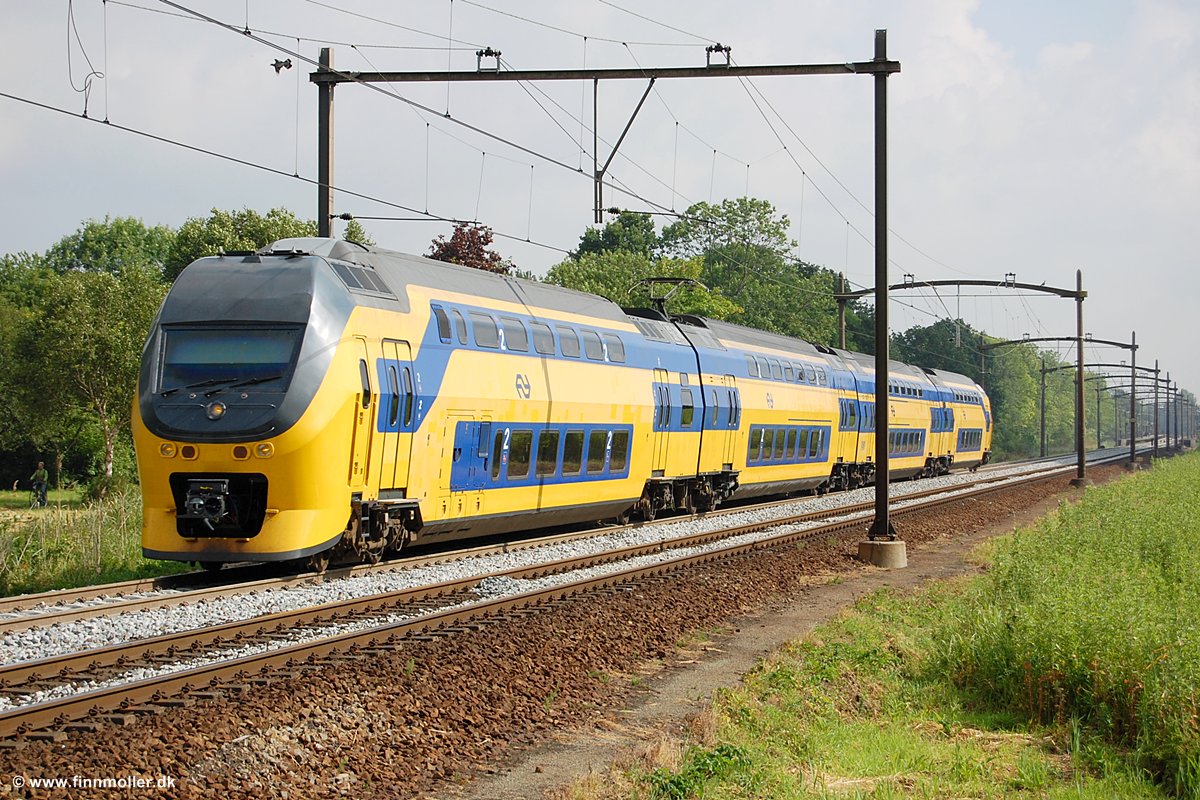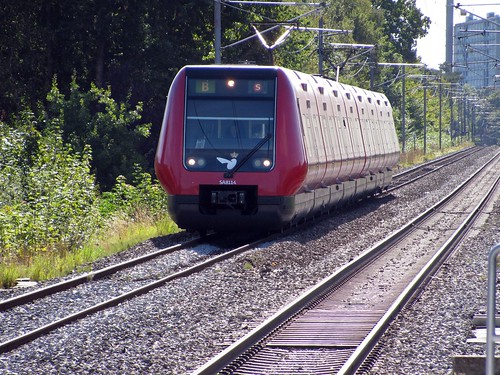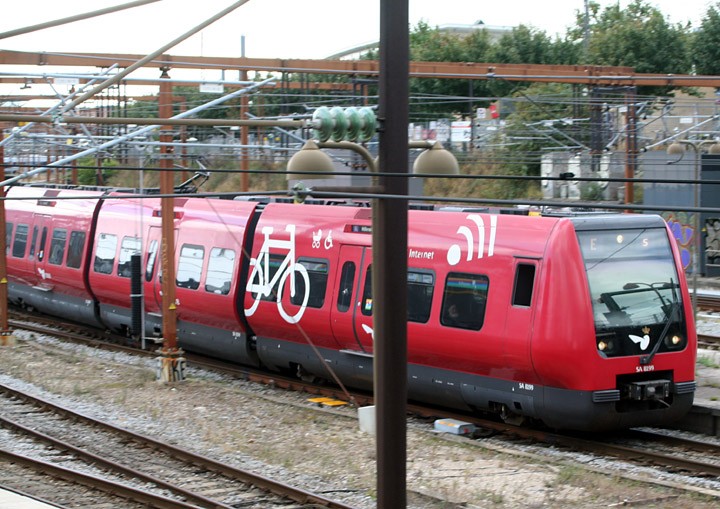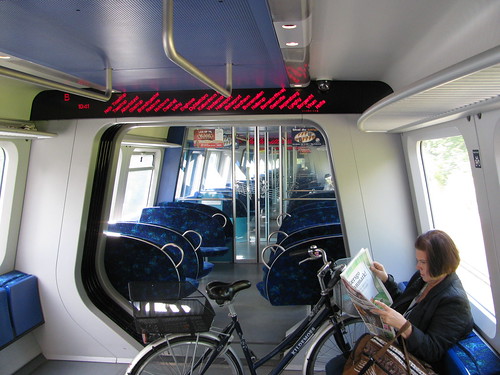I think we may be looking in the wrong end of the telescope here. and let's not get all foamy about which design we "like" best (or looks best in the fans' photos).
The selling point for bilevels is the capacity, not the loading time. (yes, it takes longer to load more people, so they have longer dwell time)
If the passenger loads are heavy, a single level train won't load quickly, and the system won't achieve its objective.
If the passenger loads are light, a bilevel will load quickly, but there will be excess capacity (empty seats).
There may be capital and operating cost tradeoffs (which is cheaper for the same capacity - two car bilevel train vs four car single level)
My unscientific wild-eyed guess would be that bilevels would be cheaper, even if loads are light. Smaller fleet and shorter trains. If it matters, the Montreal-NJT bilevels conform to a single-level clearance template, so I'm not wedded to the traditional GO bilevel design. Paris RER uses bilevels quite effectively in a quasi-subway mode, Parisiens don't seem to mind.
If Smarttrack is worth building, and if it is supposed to in some way offset need for a Relief Line, we need to plan for heavy loads, not light loads. If we are wedded to single level in subway format, buy more TR's - so we have consistency and economy of scale.
So I would argue for bilevels. The worst that can happen is they run partly empty. Better than running out of capacity.
- Paul




















